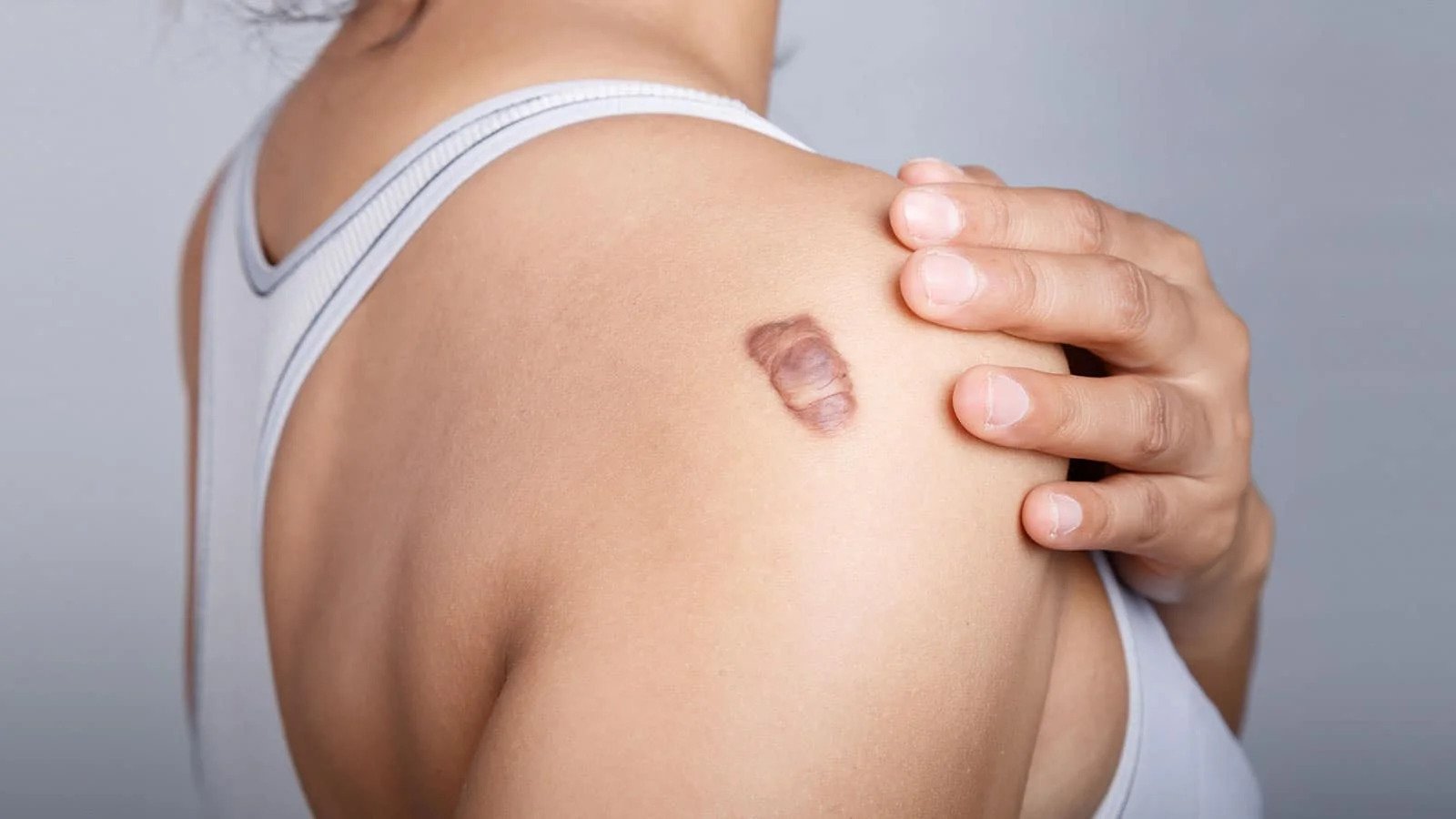Keloid Scar Removal: Diagnosis and Treatment

Keloid scars are a common skin concern that can affect both appearance and confidence. Unlike regular scars, keloids grow beyond the original wound area due to excessive collagen production, often forming raised, thickened, and sometimes itchy or painful scars. Fortunately, with the right diagnosis and treatment, keloids can be effectively managed.
At Anew Cosmetic Clinic, we specialize in advanced treatments for keloid scar removal, helping you achieve smoother and healthier-looking skin. Here’s everything you need to know about keloids, their diagnosis, and the available treatment options.
What Are Keloid Scars?
A keloid is a type of raised scar that develops when the skin’s healing process goes into overdrive. They can appear anywhere on the body but are more common on the chest, shoulders, earlobes, and upper back.
Key Features of Keloids:
- Raised, shiny, and thickened scar tissue.
- Often larger than the original wound area.
- Can be pink, red, or darker than the surrounding skin.
- May cause itching, tenderness, or discomfort.
Causes of Keloid Formation
Keloids can develop from various skin injuries, including:
- Surgical incisions
- Cuts or piercings
- Acne or chickenpox scars
- Burns or insect bites
- Vaccination sites
Certain factors, such as genetics, darker skin tones, and younger age, may increase the likelihood of keloid formation.
Diagnosis of Keloid Scars
Diagnosing a keloid typically involves a physical examination by a dermatologist. The doctor will assess the scar’s appearance, location, and growth pattern to differentiate it from other types of scars or skin conditions.
Treatment Options for Keloid Scars
At Anew Cosmetic Clinic, we offer a range of advanced, evidence-based treatments for keloid scars. These include:
- Corticosteroid Injections
- Reduces inflammation and helps flatten the keloid.
- Often combined with other treatments for better results.
- Laser Therapy
- Targets excess scar tissue, reducing redness and thickness.
- Promotes smoother skin with minimal discomfort.
- Surgical Removal
- Involves excising the keloid with precision.
- Often paired with follow-up treatments like corticosteroids or radiation to prevent recurrence.
- Cryotherapy
- Freezes the keloid tissue, causing it to shrink over time.
- Best for smaller keloids or those in earlier stages.
- Silicone Sheets or Gels
Helps flatten and soften keloid scars when used consistently over time. - Radiation Therapy
Used post-surgery to minimize the risk of keloid recurrence. - Platelet-Rich Plasma (PRP) Therapy
Stimulates natural healing and regeneration for improved scar appearance.
Choosing the Right Treatment for You
Keloid treatment is highly individualized and depends on factors like scar size, location, and severity. During your consultation at Anew Cosmetic Clinic, our experts will assess your scar and recommend the most effective treatment plan tailored to your needs.
Preventing Keloids
While not all keloids can be prevented, taking the following precautions can reduce the risk:
- Avoid unnecessary piercings or tattoos if prone to keloids.
- Treat wounds promptly to minimize scarring.
- Use silicone gels or sheets on healing wounds to prevent excessive scar formation.
Smooth, Scar-Free Skin Awaits
At Anew Cosmetic Clinic, we combine cutting-edge technology with personalized care to help you achieve the confidence of clear, healthy skin. Don’t let keloid scars hold you back—take the first step toward effective treatment today.


